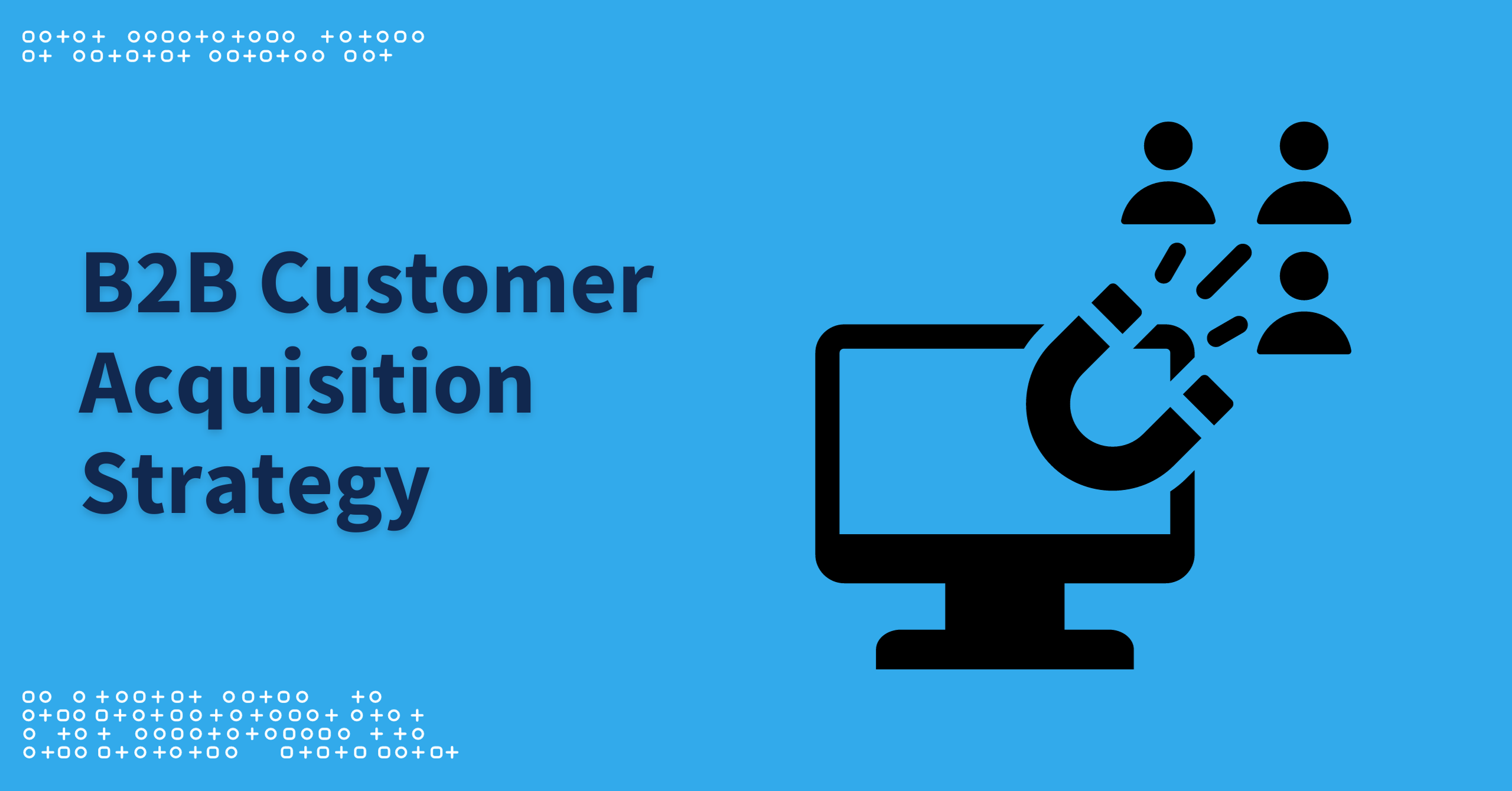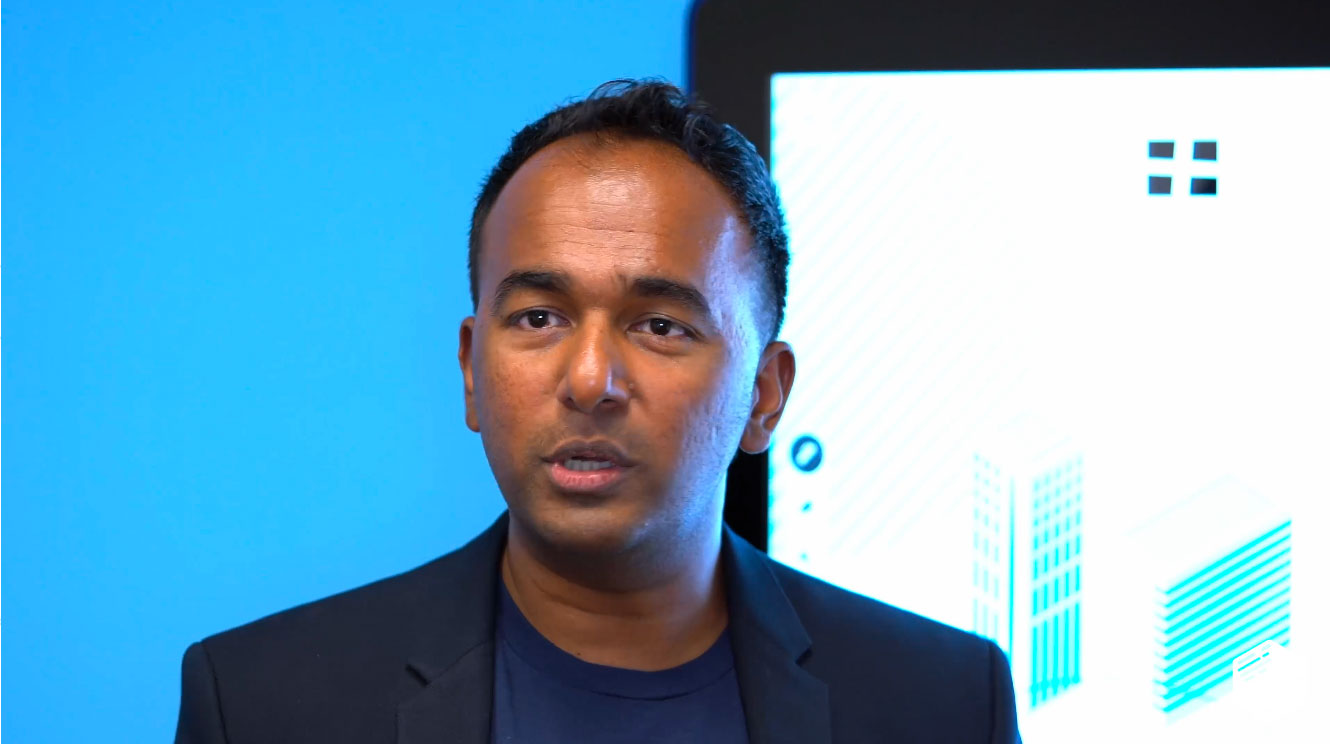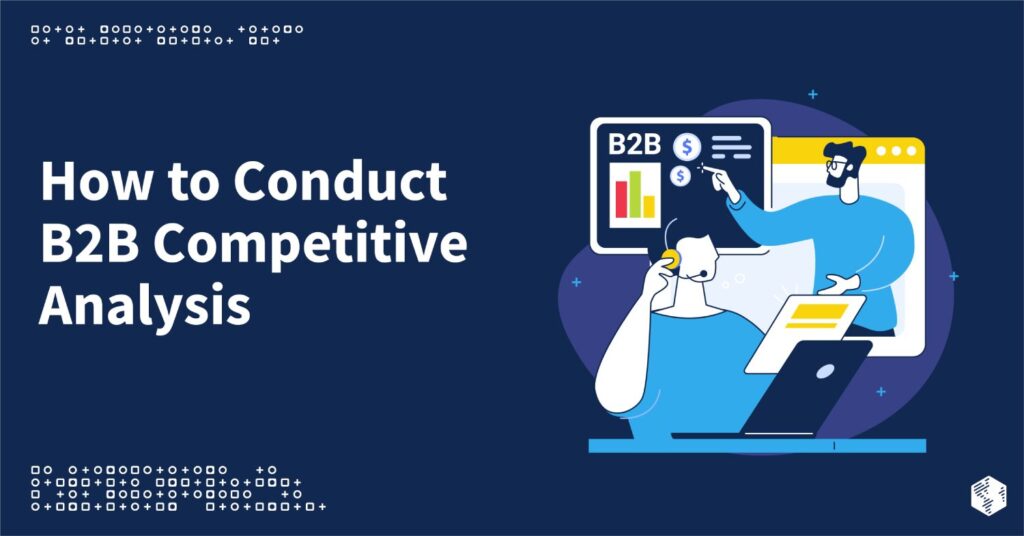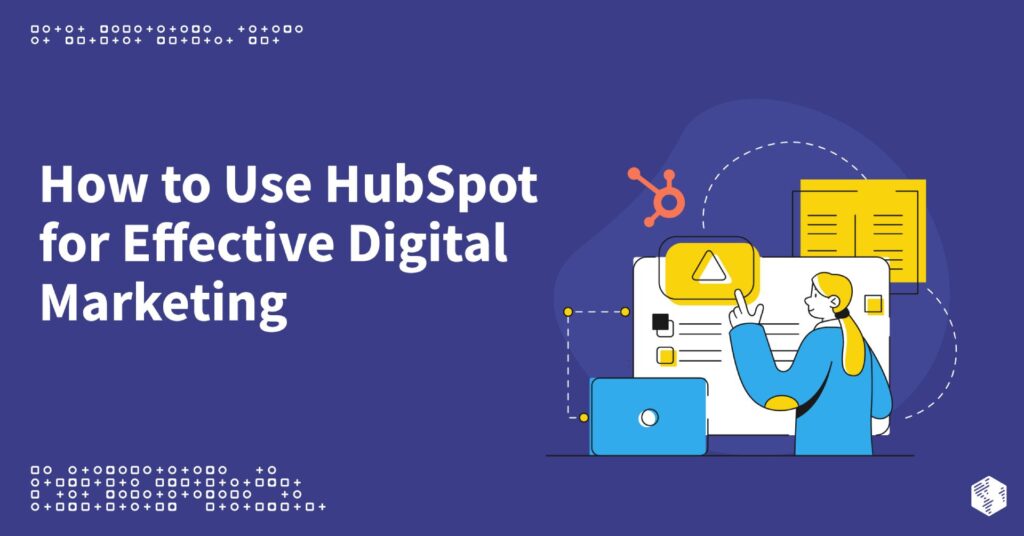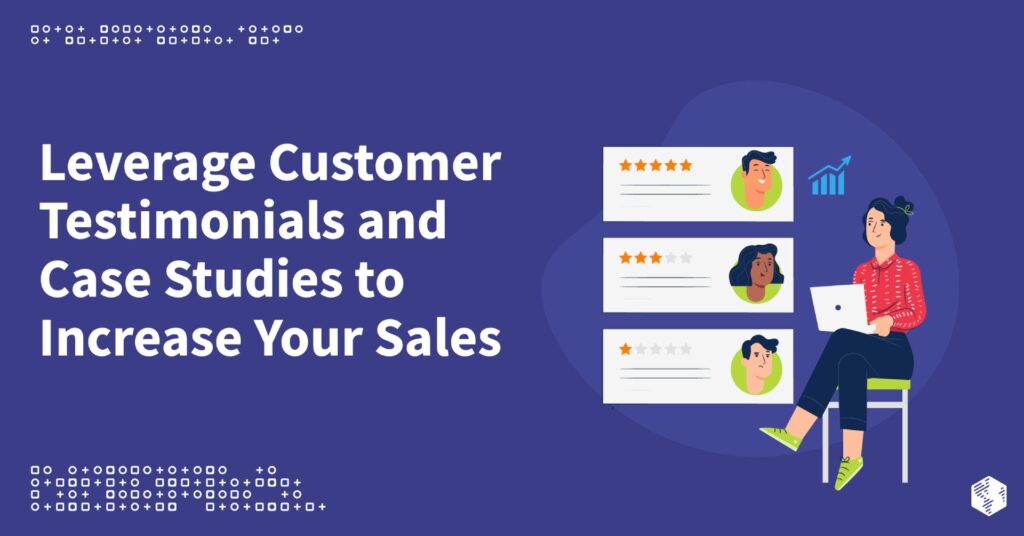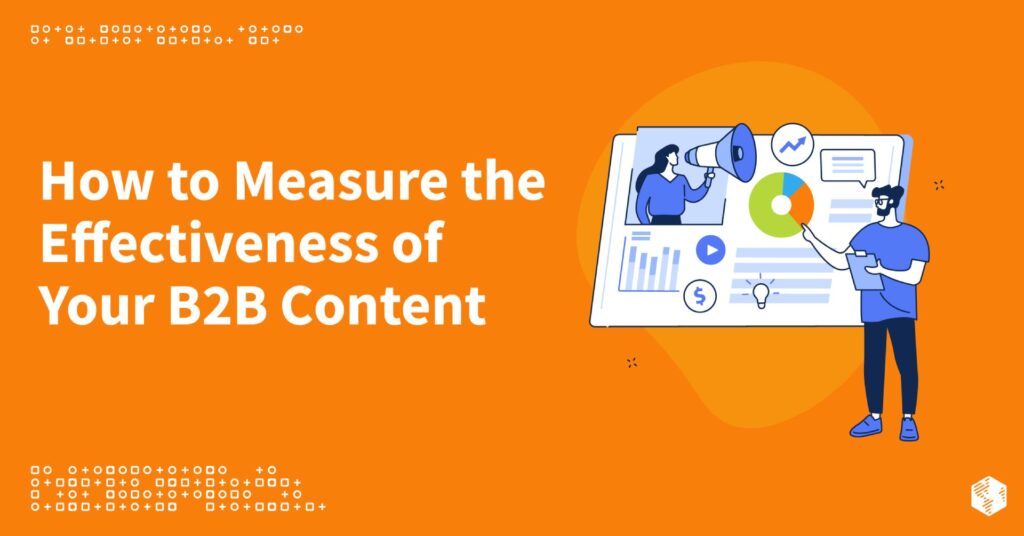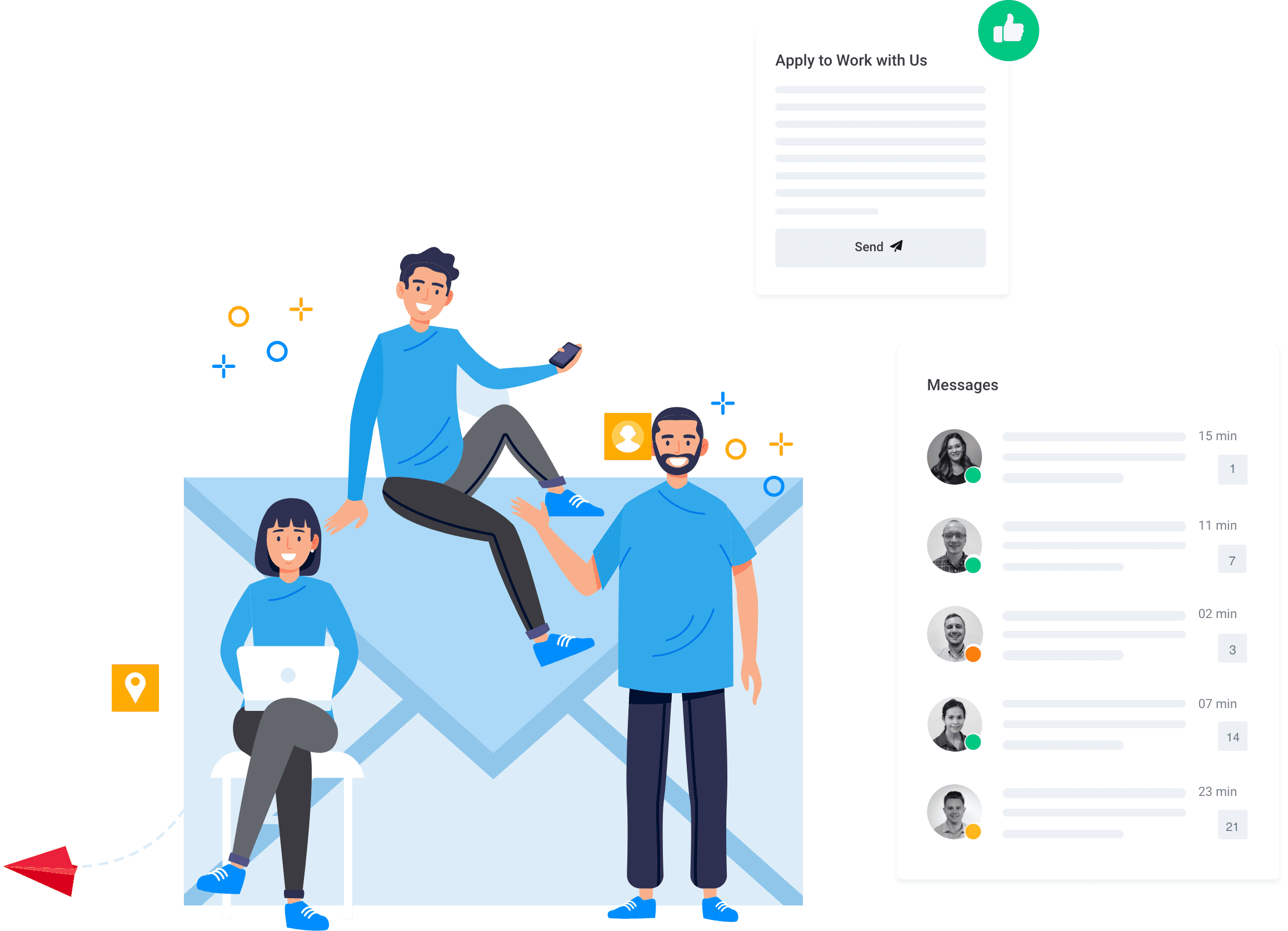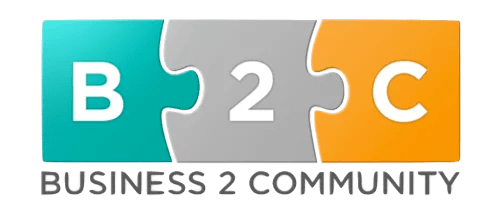Growing your business takes more than a good website, charming sales representatives, and a few followers on social media. If your business-to-business (B2B) wants to grow sustainably, predictably, and meaningfully, your company must focus on developing a strategic plan to acquire new buyers, retain existing customers, and generate more revenue.
Of course, that’s easier said than done.
Recruiting new business can be especially difficult for B2B companies. The B2B space comes with unique challenges in the customer acquisition process, from lengthy sales cycles and multiple stakeholders to tough negotiations and high levels of competition, that makes it hard to draw in, educate, and convert new buyers.
To succeed in this landscape, your business needs to implement a customer acquisition strategy that is built on a long-term revenue growth framework.
What Is a B2B Customer Acquisition Strategy?
A B2B customer acquisition strategy is a plan that defines the approach and tactics used by B2B businesses to successfully acquire customers. It includes identifying your target audience, educating them about how your products or services will solve their problems, and leading them down the path to conversion.
It’s important to note that customer acquisition strategies are ongoing—not a one-time event. Producing new business requires consistent, tenacious, and persistent effort to see success.
B2B customer acquisition strategies should also be scalable. As your B2B organization acquires new customers and continues to grow, your customer acquisition process must be able to keep up with the expansion.
7 Tactics to Improve B2B Customer Acquisition
An effective B2B customer acquisition strategy involves implementing a variety of tactics, methods, and channels to attract new leads and convert them into customers. Reach your target audience and engage with potential buyers by putting these B2B customer acquisition tactics into play.
1. Understanding the Target Audience
Understanding your target audience is an important first step in customer acquisition. By knowing the needs, preferences, pain points, and desires of your ideal buyers, you can better tailor your marketing efforts and maximize the effectiveness of your customer acquisition efforts.
Conduct marketing research and then create buyer personas, negative buyer personas, and ideal customer profiles (ICPs) to guide your approach to each audience segment. Include factors such as industry, job title, budget, location, pain points, needs, and company size as part of your personas and ICP.
2. Crafting Value Propositions
What sets your B2B business apart from the crowd? Why should buyers purchase your company’s products or services? What unique value are you offering customers?
Defining your unique selling position (USP)—the benefits and advantages of your solutions compared to competitors—you can distinguish yourself in the market and increase your chances of acquiring new customers.
The key to crafting value propositions is to clearly articulate the value your business provides to buyers. Then, with your USP in hand, develop messaging that resonates with your target audience and effectively communicates your competitive edge.
3. Selecting Acquisition Channels
Using the right channels to reach and engage with your target audience is essential to B2B customer acquisition success. Depending on where your ideal customers spend their time, a variety of offline and online channels may be a good fit for your customer acquisition efforts.
Online channels:
- Website pages
- Content marketing (blogs, whitepapers, ebooks, etc.)
- Search engine marketing (SEM) and search engine optimization (SEO)
- Social media advertising and engagement
- Email marketing
- Referral and affiliate programs
Offline channels:
- Industry events and conferences
- Trade shows
- Direct mail and print advertising
- Cold outreach strategies (phone, appointment setting)
- Branded merchandising
- Radio or podcast advertising
Analyze historical and present data (including previous marketing campaigns) to identify the channels that generate the most leads and conversions for your business. These are the best channels to invest in.
4. Implementing Lead Generation Tactics
Lead generation is the process of finding and collecting the contact information of potential customers—which makes it a significant part of any successful customer acquisition strategy. Improving your lead generation efforts enables you to attract and connect with more high-quality leads, providing your business with more prospects to nurture and (ideally) convert into paying customers.
Effective lead generation tactics include offering gated content to capture leads, attract buyers with lead magnets like webinars or product demonstrations, designing landing pages and calls-to-action (CTAs) to convert leads, and participating in industry events.
5. Nurturing Leads
Once you have attracted leads and obtained their contact information through your lead generation efforts, it’s time to nurture them.
Lead nurturing involves building a relationship with prospective buyers and guiding them along the buyer’s journey. The goal is to encourage their interest in your company, products, and services by providing engaging, personalized content about how you can address their pain points, segmenting your contact list to share relevant information with different groups, and providing a seamless customer experience to encourage loyalty.
Since lead nurturing occurs throughout all stages of the bow tie funnel and at every step of the buyer’s journey, it’s important to develop lead nurturing workflows that your marketing, sales, and customer success teams can follow in order to develop relationships with prospects and lead them toward a purchasing decision.
6. Investing in Sales Enablement & Lead Conversion
B2B customer acquisition requires all hands on deck.
Your marketing and sales teams must have the resources, technology, and workflows they need to successfully attract and convert new buyers. However, these teams can’t succeed if they are siloed; sales and marketing alignment is vital to increasing your chances of converting prospects into paying customers. By working together to achieve customer acquisition goals, marketing and sales can improve the customer acquisition process.
Additionally, invest in sales enablement efforts to provide your sales team with the resources and training they need to succeed. Sales enablement will enable your sales representatives to work smarter instead of harder, overcome common sales challenges, save resources, and close more deals.
As your marketing and sales teams move more and more leads through the funnel toward conversion, you’ll need a way to track, score, and manage prospects. Lead tracking tools and customer relationship management (CRM) platforms will help streamline your lead conversion efforts and help your sales and marketing team members better prioritize their time.
7. Measuring & Optimizing Customer Acquisition
Measuring success, analyzing performance, and optimizing your customer acquisition strategy is the foundation of continuous improvement and growth.
Establish relevant key performance indicators (KPIs), including lead conversion rates, customer acquisition cost (CAC), customer lifetime value (CLV), and return on investment (ROI), and then use these metrics to continually track your progress. Look for what’s working, what’s not working, and where you can improve.
With these insights, your B2B business can make data-driven decisions about how to best optimize your customer acquisition strategy.
B2B Customer Acquisition: & the Growth Formula Framework
There are two halves to the sustainable, predictable growth equation: acquisition and retention. To see success, your B2B company must focus on both acquiring new buyers and retaining existing customers.
The OneIMS growth formula framework illustrates this balance as an ongoing, recursive process that businesses can follow to achieve their growth goals.
The left half of the loop focuses on acquisition. Let’s take a closer look at the foundation of a successful B2B customer acquisition strategy.
Create Awareness
Most of the buyers in your target market are not aware that they have a problem your business’s products or services can solve—or if they do, they can’t articulate it. To reach these uninformed and unaware potential customers, you must create awareness about your company and the solutions you provide.
Generating demand for your products or services starts with educating buyers about the problem, the solution, and your business so they can make an informed decision. Use persuasive content across a wide range of marketing channels to reach and engage with your ideal customers.
Capture Demand
While most of your ideal audience is not in-the-know, some buyers are already looking for the type of solutions that your B2B business provides—these are your in-market buyers. Since they are already trying to discover a way to address their pain points and concerns, it’s your job to ensure they find your business and see your products or services as that ideal solution.
Capturing this demand requires using the proper channels to reach ideal customers in the places they already spend their time online, offering case studies and testimonials to show that your company is the best decision, and providing free trials or consultations to emphasize how your product or service can help.
Conclusion
Creating and implementing an effective B2B customer acquisition strategy is key to staying competitive in today’s market and is an important part of the path to sustainable growth. By leveraging these proven channels and techniques, your B2B company can acquire more customers and aim for lasting success.
And if you need help building a customer acquisition strategy that reaches the right buyers in the right place at the right time, OneIMS has you covered.
We designed the growth formula framework to support your business’s growth goals. By following our proven formula, you will acquire new buyers, retain existing customers, optimize revenue generation, and focus on sustainable growth.
Ready to learn more? Let OneIMS be your growth partner. Schedule a consultation with us today to get started.




